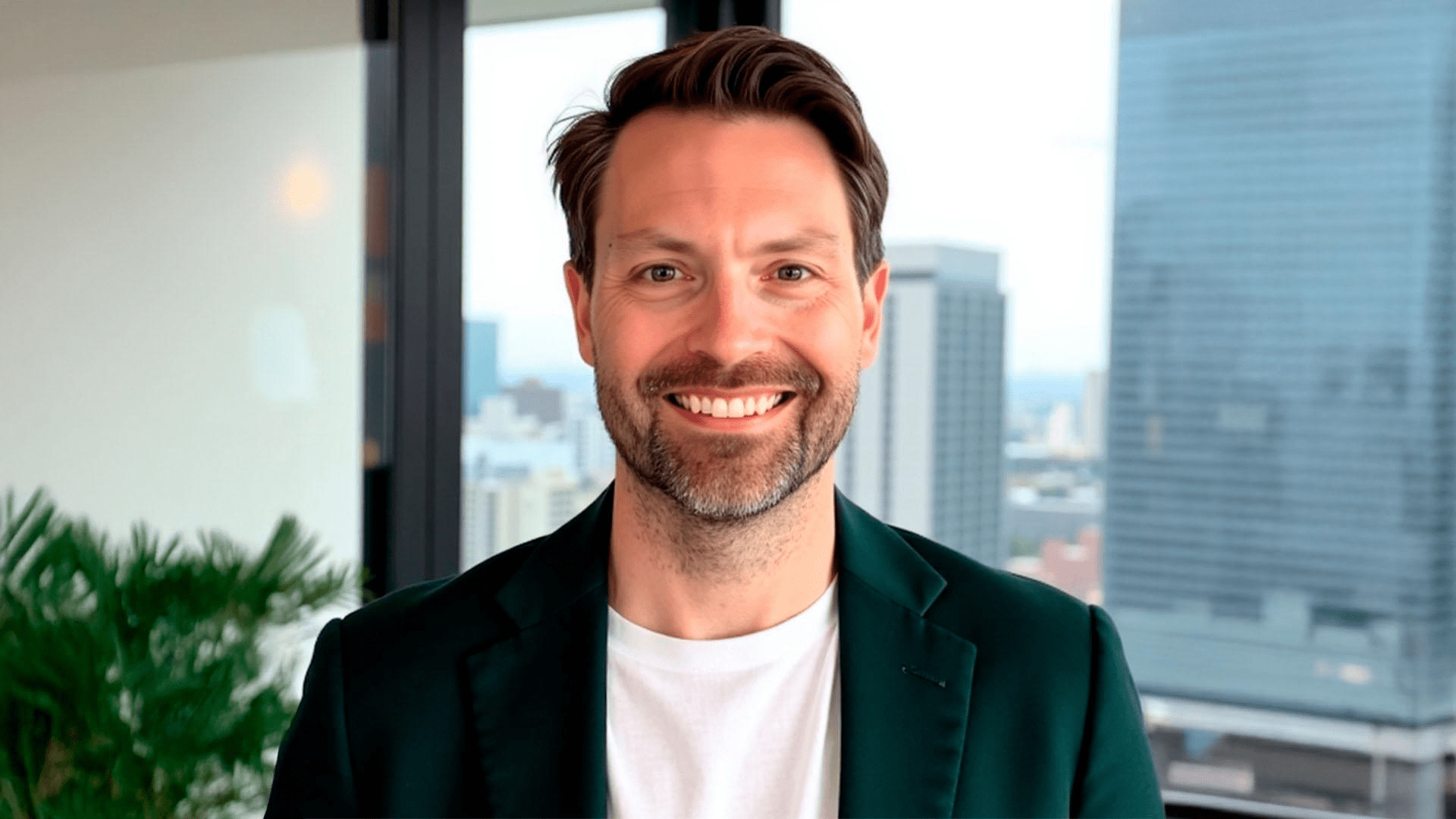When businesses face a challenge, the instinct is often to move quickly toward a solution. Yet without first taking the time to define the problem clearly, even the best efforts can miss the mark. For Finith Jernigan, Ph.D., an experienced investor and technology strategist, the real breakthrough comes from slowing down. “If you don’t start with the right question,” Jernigan says, “you can spend endless resources trying to fix the wrong thing. But once the problem is clearly defined, the solutions become almost obvious.”
With a career spanning drug discovery, computational design, and business investment, Jernigan has learned how to turn complex systems into workable solutions. His background includes roles at PTC Therapeutics, Silicon Therapeutics, and Roivant Sciences, where he advanced computational approaches in drug discovery.
Today he leads Finith Capital and is focused on investing his personal capital in businesses where technology can turbocharge growth. In both his current and past roles, his main focus has been to simplifying complicated problems into practical steps. For example, in drug discovery, he paired predictions about compound binding with better logistics to make experiments possible on time. That same discipline now guides his business investments, where clarifying the real problem before applying technology often prevents wasted effort.
From the Lab to the Boardroom
Jernigan’s foundation in chemistry and molecular design informs much of his approach today. Early in his career, he learned to prioritize accuracy in experiments, but later realized that efficiency and effectiveness were equally vital. “In graduate school, you master experiments,” he says. “But eventually the real question becomes, how do you do them most effectively? That’s when I began to see the power of technology in making processes dramatically faster and more productive.”
This mindset carried forward into his work at PTC Therapeutics, Silicon Therapeutics, and later Roivant Sciences. While the pharmaceutical industry has historically moved slowly, Jernigan observed how computational methods could accelerate discovery timelines. He took these lessons beyond science, recognizing that any business, whether in healthcare, services, or manufacturing, faced similar opportunities to streamline operations with the right technology.
Why Businesses Struggle With Complexity
Dr. Jernigan believes executives struggle to cut through complexity when evaluating technology because of mismatched tools and unclear goals. “Each experiment in science is designed to answer a very specific question. If you’re asking the wrong question, no instrument will give you the right answer,” he says. The same principle applies in business. Leaders may adopt the latest tool simply because it looks impressive, but without clarity on the underlying problem, it adds little value.
Too often, companies fall into what Jernigan describes as the “hammer looking for a nail” problem: using technology because it exists, not because it addresses a real need. The result is wasted investment and organizational frustration. Instead, his process starts with collaborative problem-definition. When working with clients, he insists on back-and-forth dialogue until both sides agree on the precise issue to solve. “Once we’ve documented a clear articulation of the problem, the request for proposal almost writes itself. At that point, the right technology is obvious,” he says.
Three Steps to Simplifying Complex Challenges
For business leaders seeking to cut through the noise and make technology work for them, Jernigan outlines three essential steps.
First, start with the right question. Without it, even the most sophisticated tools fail to deliver meaningful results. Second, remain open to unexpected solutions. “The field is moving so quickly that something surprising will emerge,” Jernigan says. “If leaders close themselves off to new approaches, they risk missing transformational opportunities.” Finally, take action rather than waiting for perfection. “A 75% solution is better than nothing. Once you implement it, you start collecting real-world data and enter a feedback loop that makes the solution stronger,” he says.
The Leadership Mindset for an AI-Driven Future
As agentic AI and automation reshape industries, Jernigan argues that leadership mindset is more important than technical skill. “There has to be a willingness to fail,” he says. Teams need the trust and space to test new tools, even when outcomes are uncertain. He cites the collapse of taxi medallion values after Uber’s arrival as a stark reminder of the dangers of ignoring technological shifts. “The only constant is change,” Jernigan says . “If leaders believe the way things are today will hold tomorrow, they’re setting themselves up for disruption.”
Jernigan also emphasizes the value of starting small. Testing new technologies on secondary offerings or pilot projects reduces risk while building confidence. “You don’t want to put all your chips on the table at once. Small bets allow you to learn, adapt, and scale with much greater success,” he says. If traditional taxi operators had tested ride‑hailing tools on the margins of their business rather than dismissing them, they might have been better prepared for the scale of disruption that Uber created.
Bridging Science, Technology, and Business Growth
By combining problem definition with openness to new ideas and a willingness to test imperfect solutions, Jernigan helps companies translate complexity into progress. “Ultimately,” he says, “it’s not about chasing the shiniest tool. It’s about asking the right question, finding the right solution, and taking action quickly enough to create real value.”
Readers can connect with Finith Jernigan on LinkedIn to learn more.





























